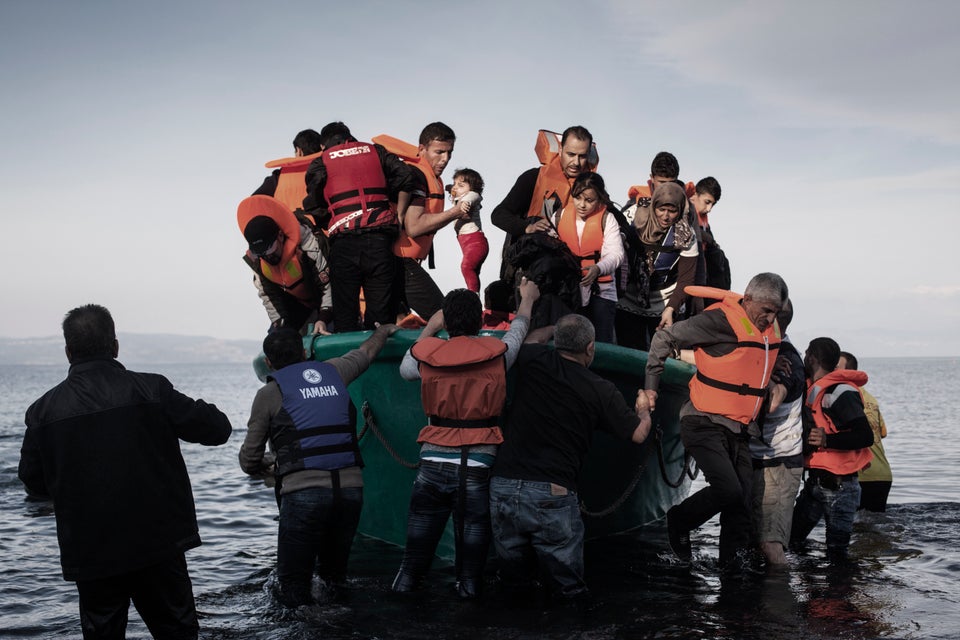
Despite a ferocious winter and growing European efforts to deter them, refugees and migrants continue to flee to Europe in record numbers.
Over 76,000 people have already reached the continent by sea in 2016 ― an average of 2,000 a day. That’s almost ten times the average number of arrivals during the same period last year, the International Organization for Migration said on Tuesday.
The persistently high numbers buck the seasonal trends of previous years, which suggested that most refugees avoided travel during winter months due to stormy seas and freezing temperatures.
The number of refugee crossings has dipped slightly this winter, but has remained far higher than in prior years. After peaking at more than 220,000 arrivals in October, the number of people reaching Europe by sea began to decline to more than 65,000 in January.
Still, that’s around 12 times the number that arrived January 2015, and twice the population of the European city-state of Monaco.

The high number of arrivals this winter certainly isn't due to mild weather. Gale force winds still stir up the Aegean Sea between Turkey and the Greek islands, which has become the main sea route for refugee boats in the past year.
Refugees arriving on the Greek island of Lesbos have recently faced snowfall, thunder storms and freezing winds. A 3-year-old boy was among those who died from suspected hypothermia last month after falling from a boat into icy waters.
In fact, the sea crossing has only become more deadly. At least 409 people have died trying to reach Europe by sea this year, compared to 69 people in the same period last year, IOM said Tuesday.
Before last summer, migrants were more likely to take large ships across the Mediterranean Sea between North Africa and Italy. When they sunk, hundreds perished.
Since then, the preferred route has shifted east to the Aegean Sea, where the sea crossing to Europe is shorter. While there are fewer major shipwrecks, the small boats crossing the Aegean are sinking almost daily, IOM spokesman Joel Millman told The WorldPost.
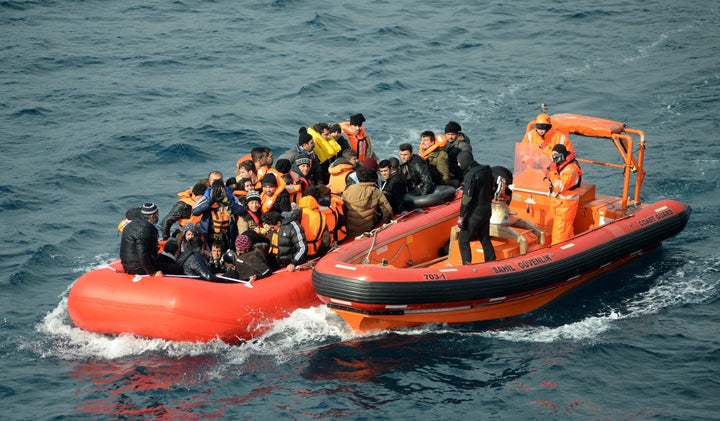
Further dangers lie ahead once refugees and migrants reach Greece. The majority who come ashore there attempt to journey north to wealthier European nations, confronting and sometimes dodging increasingly stringent border controls along the way.
In recent weeks, they've had to walk through snow and ice. Aid workers from the nonprofit Save the Children in Serbia reported in January that kids were arriving at refugee centers shaking and with blue lips.
Meanwhile, more barriers are springing up along the routes migrants are taking. Under pressure from Europe, Turkey has cracked down on people smugglers. Many European countries have been tightening border controls since last summer, when the scale of the refugee crisis overwhelmed the continent. Greece, Bulgaria, Slovenia and Hungary have constructed walls along their borders. Macedonia, Serbia, Croatia and Slovenia only admit people from Syria, Iraq and Afghanistan.
Syrians make up around half of refugee arrivals to Europe, followed by Iraqis and Afghans, but thousands of others come from troubled nations like Somalia, Eritrea and Nigeria.
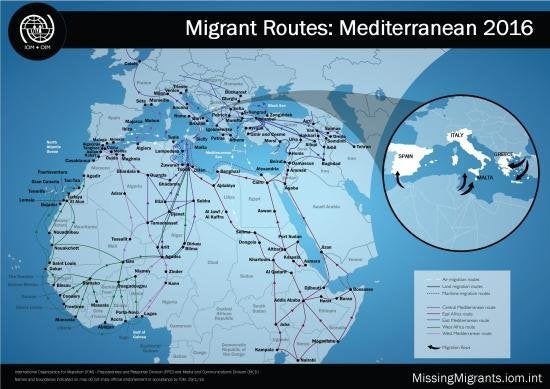
More countries are also seeking to tighten restrictions on migrants and refugees after their arrival. Denmark passed a law late last month that enables authorities to confiscate arriving migrants’ assets to help pay for their stay. The law also makes it harder for refugees to bring family members into the country. Sweden, which already allows the seizure of migrants’ possessions upon their arrival, has also restricted family reunifications.
And yet, the refugees still come.
Some simply can’t afford to hang on any longer. “I know I should wait 'til the summer, when it’s safer,” Muhammed, a soccer player from the Syrian city of Hama, told The Economist in the Turkish town of Izmir. “But I don’t have money to stay.”
Others are afraid that if they don’t risk the journey now, they’ll be shut out of Europe forever.
Macedonia has repeatedly threatened to completely close its border with Greece -- the main entrance to northern Europe for many migrants -- and sought support from other European countries to do so.
People are trying to get through the border as fast as possible in case it's closed, Jesper Frovin Jensen, UNICEF emergency coordinator in the southern Macedonian border town of Gevgelija, told The Economist. “You can feel the fear,” he said.
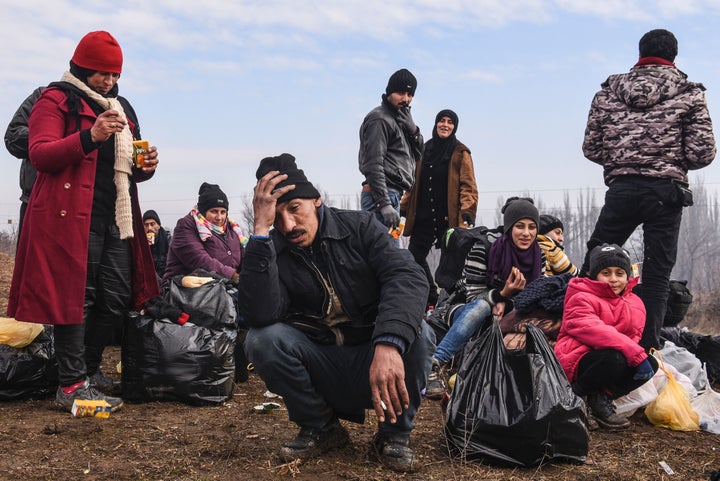
The nightmare scenario for migrants and refugees would be for Germany to reverse its open-door policy. German Chancellor Angela Merkel’s approval ratings are plummeting, and Germany has recently tightened rules for those seeking asylum in the country.
“The mood in Europe has shifted dramatically, and it’s plausible that people are sensing the panic and don’t know what will happen next,” said Natalia Banulescu-Bogdan, assistant director of the Migration Policy Institute's international program. “People who were on the fence about making the trip may be pushed to go.”
Many people fleeing to Europe are hoping to reach Germany, and politicians and aid workers fear that if the country shuts its borders, it would set off a domino effect throughout the continent.
When some countries tightened border controls last fall, migrants quickly sought out alternative routes through Europe. If the current route is severed, refugees could try to circumvent Macedonia by heading west through Albania. Italy is concerned that more boats may start arriving from North Africa again. An increasing number are bypassing the Balkans altogether and heading from Russia into Finland and Norway.
“Over the course of history, every enforcement measure at one place diverts migrant flows to another place,” Banulescu-Bogdan said. “People will look for another sea crossing or land border.”
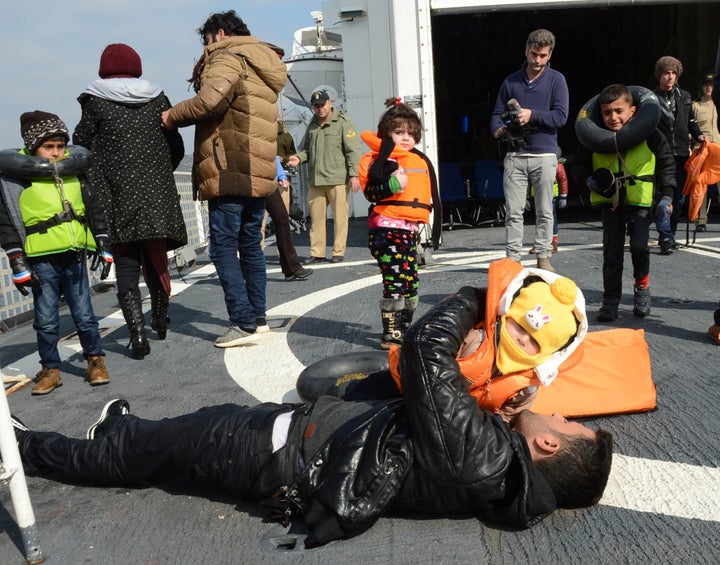
Experts say deterrent measures affect migrants, but not the way they're intended to. Closed borders push migrants into the arms of smugglers and leave them penniless by the time they reach Europe, they say.
“Barriers act as a subsidy for smugglers,” IOM’s Millman said. “It increases the cost of coming, and only helps the business of smuggling.”
A new report released on Wednesday by the Overseas Development Institute, based on interviews with over 50 migrants who recently reached Europe, found that Europe’s restrictive policies tend to have little impact on migrants' decision to go to Europe -- which is mainly influenced by their concerns about safety and opportunities for education and work.
“The primary effect of route closure, far from compelling people to return, is to make journeys more difficult, risky and expensive -- and to therefore reduce migrants’ capacities to support themselves by the time they arrive,” the report cautioned.
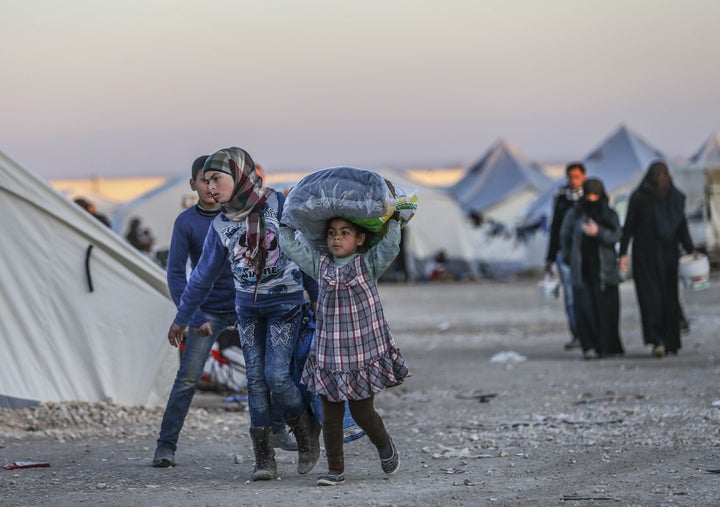
Meanwhile, Syria’s fifth year of war is coming to a bloody close, with no end in sight.
A renewed offensive by the Syrian regime and its Russian, Iranian and Lebanese allies on the Syrian city of Aleppo has led U.N.-sponsored peace talks to collapse, and tens of thousands more Syrians are fleeing to the Turkish border. The border was officially closed last year, but Turkey said it has let thousands pass. The new wave of displacement could spill into Europe -- a 2015 U.N. survey of Syrian refugees arriving in Greece found that around two-thirds of them had left Syria that same year.
There are already nearly 4 million Syrians in neighboring countries who are unlikely to return to Syria and face increasingly difficult conditions, despite recent efforts to plug major funding shortfalls in aid to Syrian refugees.
“People are desperate -- their kids are out of school, they are out of work and their skills are deteriorating,” MPI’s Banulescu-Bogdan said. "With the passage of time, conditions continue to deteriorate."
Also on HuffPost:

